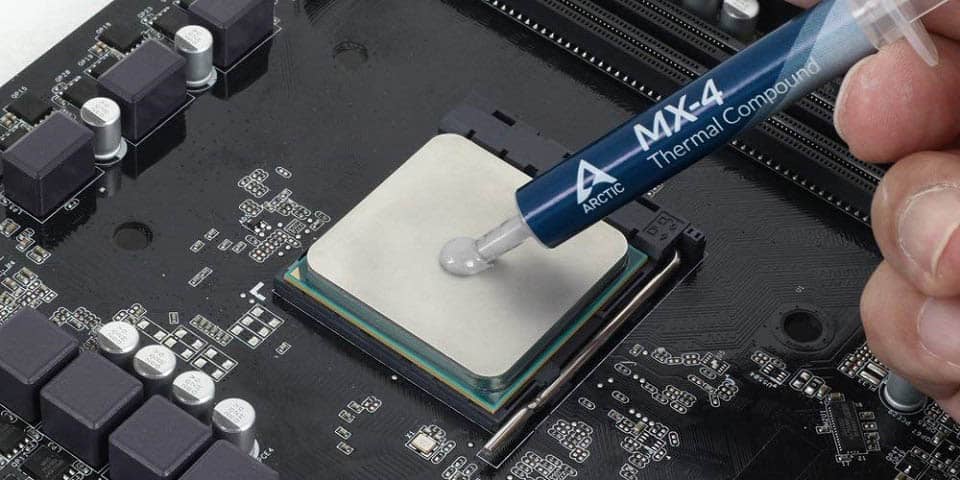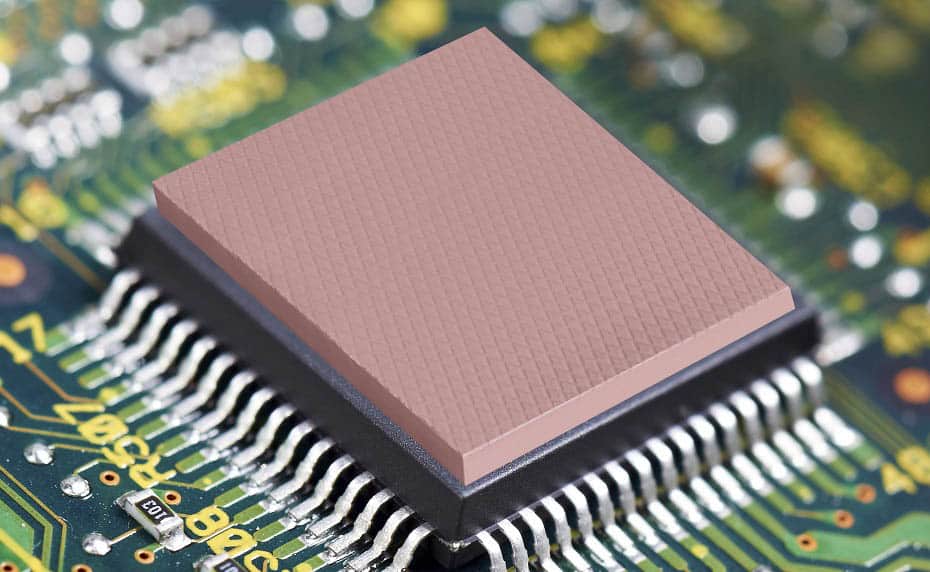If you’re a PC gamer, you might already be somewhat familiar with these terms, but you might not know exactly what they signify.
This guide will explain what these things are, how they are utilized, and compare thermal paste vs. grease vs. pads to explore how they differ from one another.
All of these things are thermal (heat) conductors. This means they will absorb the heat produced by the CPU or the GPU (the chip specifically) and conduct it safely and efficiently to the heatsink, from which it will be further dispersed.
It’s essential to know why there is even a need for such things, so let’s take a nearer look.
Table of ContentsShow
Why Heat Needs To Be Dissipated
The processing unit (whether it is graphical or central) has to perform an incredible amount of calculations each second. They accomplish this by transferring electricity, which in turn generates heat. Due to the vast number of processes that the chip performs, it can become tremendously hot.
This is where the heatsink and fans come in as the most common cooling techniques. There are also alternative methods, such as water cooling, but the heatsink/fan combo is the most widespread one because it is simple (and relatively inexpensive).
Before that combination enters the picture, there needs to be something that will conduct the enormous amounts of heat from the chip to the heatsink. That is where a thermal paste or thermal pad comes into play.
Thermal Paste

Before proceeding, we should quickly get this out of the way. Thermal paste is the same thing as thermal grease.
The phrase thermal paste is frequently used, thus we will employ it to explain its function. Other terms for thermal paste include thermal compound, thermal goop, thermal gunk, heat paste, and additional ones.
Thermal compound is distinct from a thermal adhesive, which you shouldn’t use unless you know precisely what you’re doing. Adhesive only needs to be used in exceptionally uncommon cases, as the chip is already pressed down and secured using other techniques.
As its name suggests, thermal paste is a substance that will transfer heat and is positioned directly between the chip and the heatsink. Because of this, it’s crucial to know how to apply the paste properly. If you’re able to do that, then it will fill all of the gaps and make sure that the heat is transferred effectively.
The most commonly used ‘intersect‘ and ‘spot‘ methods will be sufficient to ensure the even distribution of thermal paste and, thus, the consistent dispersal of heat.
Thermal Paste (Thermal Grease) vs. Thermal Pads

Thermal pads are not the same thing as thermal paste. They are firm and provide a particular sort of coverage in the way that it might leave some air pockets, which is something that you do not want.
It would be unfair to say that thermal pads don’t provide sufficient heat conduction when, in fact, they do. Most of the time, the distinction between a thermal paste and a thermal pad will be nearly impossible to detect in terms of performance.
Thermal pads are considerably easier to install, and you can’t really mess anything up as you might with a thermal paste. With the paste, someone new to the process or uncertain about it might accidentally apply too much paste, which can lead to a particular set of problems.
However, correctly applied thermal paste can be a significantly superior heat conductor than a thermal pad.
Ultimately, our advice is to go with a thermal pad if you’re uncertain how much thermal paste you should apply or consider the procedure too complicated. However, if you’re willing to perform the process, then a thermal paste is a superb option.




